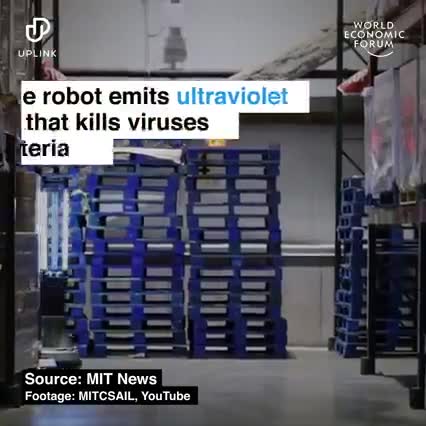Elon Musk just became the richest person in the world, with a net worth of more than $185 billion.
Thursday’s increase in Tesla’s share price pushed Musk past Jeff Bezos, who had been the richest person since 2017 and is currently worth about $184 billion. Musk’s wealth surge over the past year marks the fastest rise to the top of the rich list in history — and is a dramatic financial turnaround for the famed entrepreneur who just 18 months ago was in the headlines for Tesla’s rapid cash burn and his personal leverage against the company’s stock.
Musk started 2020 worth about $27 billion, and was barely in the top 50 richest people.




